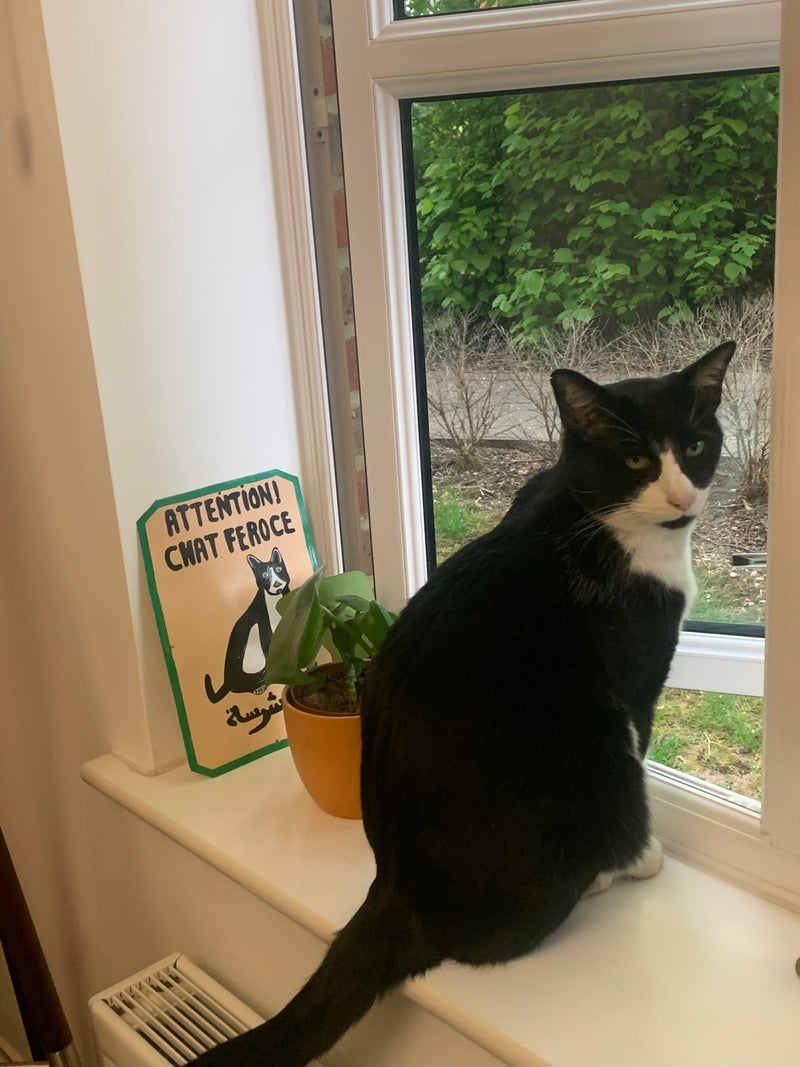Caring for God’s Acre mapped out 20,000 cemeteries and recorded 10,000 species. Churchyards are vital havens for rare wildlife including dormice, bats and beetles, according to an extensive audit of burial grounds around the UK. The conservation charity Caring for God’s Acre mapped out 20,325 cemeteries, with 800,000 wildlife records submitted and more than 10,800 species recorded.
![[The dingy skipper butterfly, found in County Durham.]](https://i.guim.co.uk/img/media/72ecc060b689c46377efbe6f2a78688d5e8fd98f/0_60_5245_3149/master/5245.jpg?width=445&dpr=1&s=none&crop=none)
They discovered that these quiet sites are home to a huge variety of rare wildlife, with over a quarter of species recorded featuring on the Red List of endangered species. More than 80 of these were classified as threatened, vulnerable, endangered or critically endangered.
The charity is highlighting the importance of churchyards for wildlife and calling for them to be protected and bolstered so they can continue to play this role. There are more than 20,500 burial grounds across the UK, ranging from small areas of under a quarter of an acre, to expansive sites of hundreds of acres.
The charity’s biodiversity audit was compiled using records submitted by churchgoers as well as conservation organisations such as the British Trust for Ornithology, the British Lichen Society, Butterfly Conservation, and the Botanical Society of Britain and Ireland.
Members of the public have been invited by the charity to visit their local churchyard and record the nature they find there. Thee organisation has so far managed to engage 30,000 people to contribute to their records. Harriet Carty, director of Caring for God’s Acre, said: “The records show that over a quarter of the species documented are on the Red List, with more than 80 species classified as threatened, vulnerable, endangered or critically endangered.






















